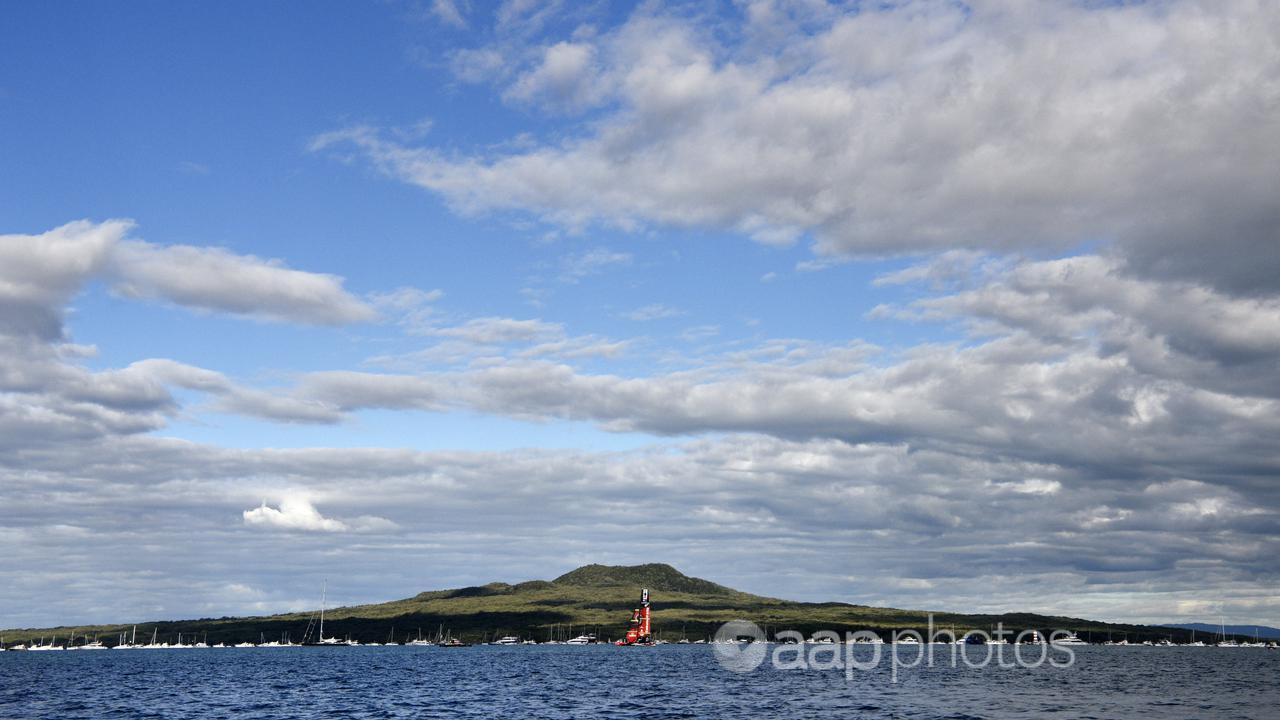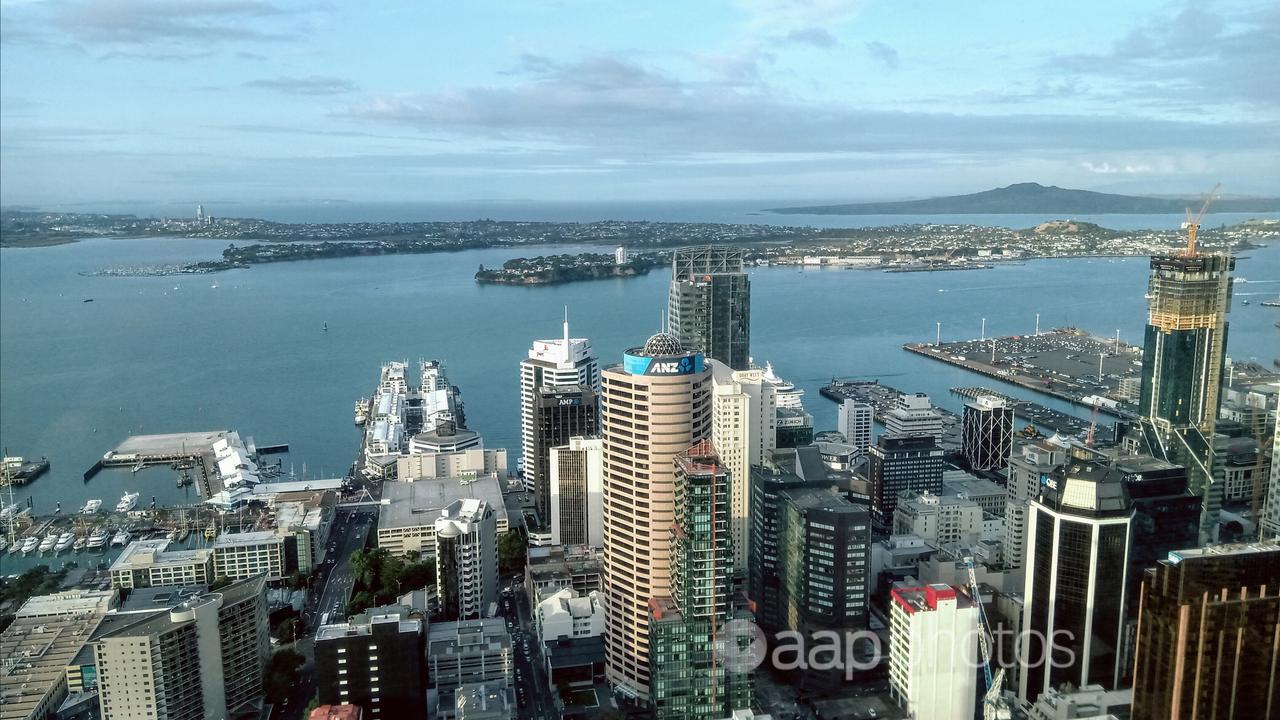A post (screenshot here) shared by a New Zealand-based Facebook page claims Auckland’s pollution levels have increased by a record amount.
However, this is mostly false. There is some evidence to show pollution has increased at specific sites in Auckland, but overall air and sea pollution levels are decreasing.
“According to council data, Auckland has seen the greatest increase in air pollution, landfill waste and sea pollution, in the last 15 years, of any other period in history,” the post says.
“The pollution data is directly attributable to immigration/population growth.”
AAP FactCheck contacted the Facebook page to ask for the source of the claim with the page’s admin providing links to several government reports (here, here and here) and news articles – two from 2011 (here and here) and one from 2021.
While some of these sources provide evidence of pollution at Auckland beaches and concerns over air quality, they do not provide data to support the stated claim.
Auckland Council told AAP FactCheck via email it “does not currently have a report or reports that support the claims”.
The council’s most recent State of the Environment report states that overall air quality is good and improving. However, the report notes that Queen Street, a major thoroughfare in the city’s CBD, has recorded declining air quality since 2013 due to traffic and construction work (page 16).
A report on air particulate matter data from 2006-2021 shows Auckland’s PM²𑁦⁵ and PM¹⁰ concentrations have been decreasing (pages 6 and 8).
The report analysed air particulate matter samples for 30 different elements, including iron, black carbon, zinc and mercury (page 5) and results showed statistically significant decreasing concentration trends for all elements, except for hydrogen and potassium (page 9).
Dr Ian Longley, a principal scientist in air quality at the National Institute of Water and Atmospheric Research, told AAP FactCheck via email: “Auckland’s air quality is considerably better than it was 15 years ago and that improving trend is continuing.”
Jennifer Salmond, a professor of geography in the School of Environment at the University of Auckland, described the post’s claim as “very subjective.”
“If you look at the air quality data from 2006-2018 you can see that there is quite a bit of variability in air quality over that time period. Concentrations of some pollutants decrease (while) others show slight increases, but it is site dependent,” Prof Salmond told AAP FactCheck in an email.
“Queen Street does seem to show some small increases in concentration – but the extent to which this site is representative of the whole of Auckland is debatable.
“It is also important to note that historically we have had some notable successes in air quality management – concentrations of carbon monoxide and lead for example have dropped significantly over the last 30 years.”
Prof Salmond also said the air quality monitoring system currently used by Auckland Council was only established in the 1990s, which means there is only about 30 years of data to compare the last 15 years against.
A representative for NZ’s Ministry for the Environment confirmed the data shows “air quality has generally improved around Auckland between 2011 to 2020, though during some times of the year and in certain locations, it can reach levels above health guidelines.”
For “sea pollution”, Auckland Council collects data on coastal water quality, coastal ecology and sediment contaminants.
The council’s 2020 State of the Gulf report noted that sediment quality at sites monitored over a 20-year period in the Hauraki Gulf Marine Park – NZ’s largest marine reserve – had generally improved (page 17).
More sites are now in the low harm category for copper, lead and zinc than in 1999 (page 17) and the level of coastal nutrients, such as nitrate-nitrogen, phosphorus and chlorophyll a, were improving (page 101).
Some sites in Waitematā Harbour were showing signs of increased zinc concentration and the council also acknowledged that swimming at many urban beaches poses a health risk (page 17), often due to enterococci contamination.

The Coastal and Estuarine Water Quality State and Trends in Tāmaki Makaurau/Auckland 2010-2019 report revealed most of the monitored sites recorded good to fair water quality.
The report said 80 per cent of monitored sites were found to have improving trends in oxidised nitrogen and chlorophyll α while over 50 per cent had improving trends in phosphorus and water clarity (page i).
However, the report also found degrading trends for ammoniacal nitrogen, phosphorus and water clarity at sites located within Waitematā Harbour (page i).
The claim author told AAP FactCheck, the landfill waste increase “can be measured by the amount of trips trucks are taking from Pikes Point tip” and included a link to government estimates of waste generated in New Zealand.
“It is estimated that in Aotearoa New Zealand we generate 17.49 million tonnes of waste per year, of which an estimated 12.59 million tonnes are sent to landfill … longer term trends suggest the rate of waste disposal is only increasing for many sites around the country,” the 2021 article states.
However, this is referring to waste disposal for the whole of NZ. Auckland Council collects landfill data through waste assessment reports, which have been conducted at six year intervals since 2010. In 2010, Auckland residents sent 1.174 million tonnes of waste to landfill (page 13) and in 2016 it rose to 1.645 tonnes (page 46).
The 2022 Waste Assessment report is not yet published, but Auckland Council told AAP FactCheck: “We don’t have any data to suggest that last year’s levels were the highest.”
The Verdict
The claim that Auckland has seen the greatest increase in air pollution, sea pollution and landfill waste over the last 15 years is mostly false. While some sites have shown signs of degradation, overall council data shows that air and sea quality has improved in recent years.
There is minimal data relating to landfill waste. A 2016 waste assessment report showed an increase from 2010, but Auckland Council told AAP FactCheck more recent data does not support the claim.
Mostly False – The claim is mostly inaccurate but includes minor elements of truth.
* AAP FactCheck is an accredited member of the International Fact-Checking Network. To keep up with our latest fact checks, follow us on Facebook, Twitter and Instagram.
All information, text and images included on the AAP Websites is for personal use only and may not be re-written, copied, re-sold or re-distributed, framed, linked, shared onto social media or otherwise used whether for compensation of any kind or not, unless you have the prior written permission of AAP. For more information, please refer to our standard terms and conditions.


















